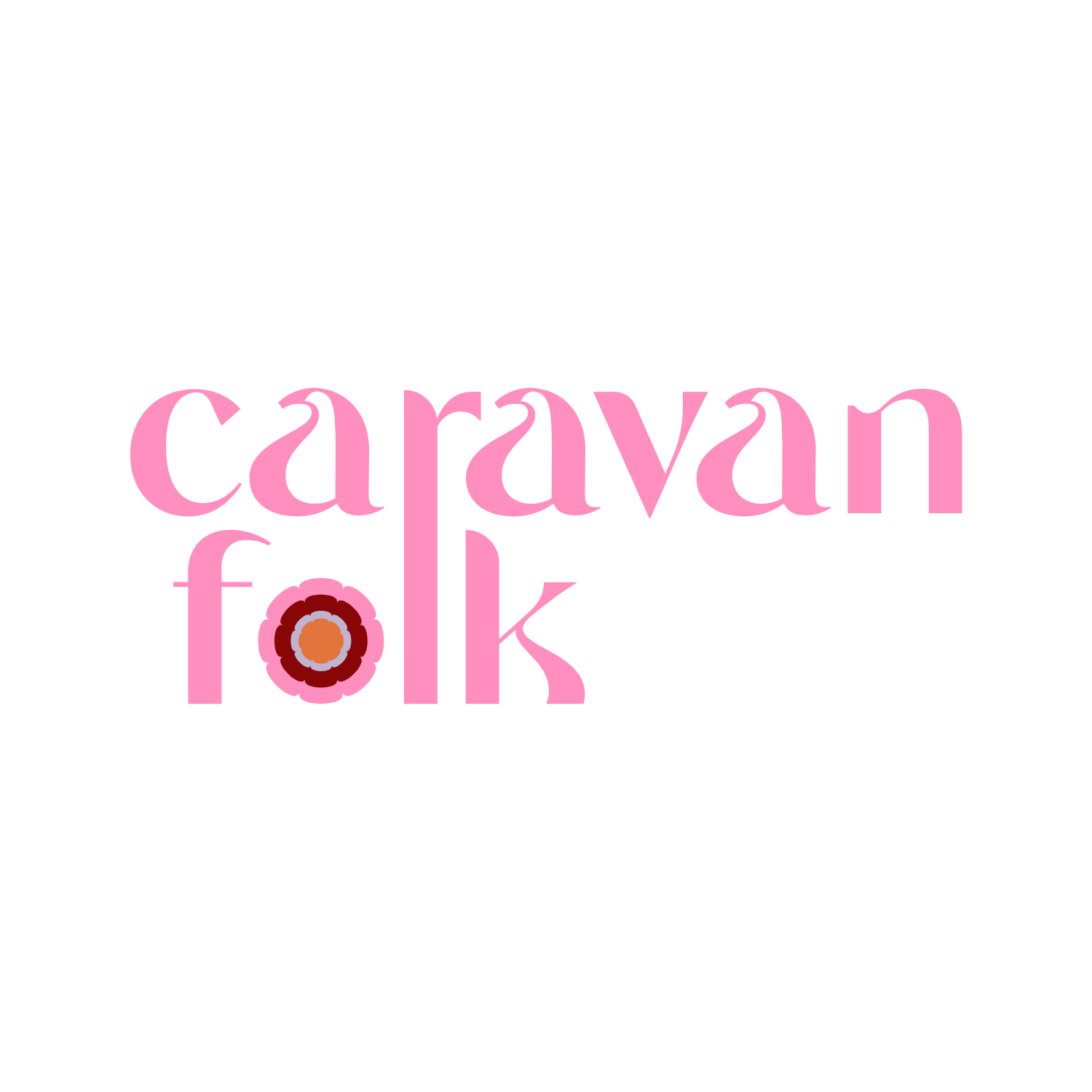Seven tips to create connection and community with your about page copy
Have you glossed over your website’s about page with a few flimsy paragraphs, thinking: ‘Oh no one wants to read about me, I’m not that interesting’? (Spoiler: you’re kind of a big deal when it comes to your fashion business)
Or perhaps you’re the polar opposite and have written a tome detailing your professional life in chronological order, much like that history book you had to read in year 11.
Maybe, at the back of your brain, there’s a gnawing thought that you know your about page could be better. But no one reads those things anyway, right?
Hate to break it to you, but they are reading it. Much more than you think they are. Check your website analytics and see how many page views it’s had compared to your other pages.
My own about page is the third most read on my website after the home page, naturally, and the work with me page.
But who are these people that are reading about pages anyway? Are they some kind of sticky-nosed busybodies? Well yes. And no. It’s because people do business with people that they know, like and trust.
They come to this oft forgotten corner of a website seeking connection and camaraderie with the person they’re trying to do business with - and that’s you.
Have they found what they were looking for, on your about page? Or has your copy bored them into clicking off for a scroll through Instagram instead?
But boring isn’t you, is it? You’re passionate, you’re empathetic, you’re dedicated to your craft and you’re really good at what you do. So, make sure your about page reflects that.
If you’re still at the DIY copywriting stage of your business and not ready to outsource to a copywriter to craft it for you, here are a few tips to help you tweak and prune your about page to take your reader a step closer to working with you.
1. Understand the basics: You’re trying to tell your reader
Who you are
A back story on how you got here
That you know your stuff
That you get what their problem is and have a solution to it
And what they need to do next
2. Headers and sub headers
Use these simple but clever things to break up your copy up into readable and scannable bites that help your reader find the good bits they’re looking for. Use them as a tasty teaser about what the following paragraphs will tell them.
3. It’s about you, but it’s really about them
When you’re telling a story about you or your team, make sure the details you include directly benefits your reader. Try asking yourself what they need to hear from you, rather than what you want to tell them.
For example, if you’re a fashion designer and your copy reads: ‘I’m highly skilled in fashion design and pattern making’, this tells them about you, you but it doesn’t say how it helps them. Instead, try writing: ‘Perfecting the fit is key to my design process so you’ll love how your garment feels every time you wear it.’
4. Be more you
Inject a little bit of your personality into it. And yes, you can ‘be professional’ and still be funny, creative and personal. You’re human, and so is your dear reader, so talk to them like you would on a say a first meeting over coffee and cheeky salted caramel macaron.
5. Wear your values on your sleeve
Stand up for what you believe in and let your reader know what you value in life and in business. For example, if you want to work with independent, local makers, show them how those kinds of businesses float your boat in your day-to-day life.
6. Put a face to the name
Think of it like this: you’d never go on a date with someone you met on a dating app unless you’d seen a photo of their face first, right? The principle’s the same when someone wants to do business with you. Make it easy for them by including a clear, friendly photo of your noggin. And no, that photo of you in that nightclub isn’t suitable, unless of course you’re a DJ.
7. The call to action
It’s a small feature with a mighty job, and yet so many about pages end with a full stop and tumbleweed. Don’t leave your reader hanging with no clear path of what they should do after they’ve read all about how utterly brilliant you are. Your CTA shows your customer exactly where you want them to go next. The work with us page is a common place to lead them to, but you may have another important place to take them to first, like a freebie to download or a waiting list to join.

